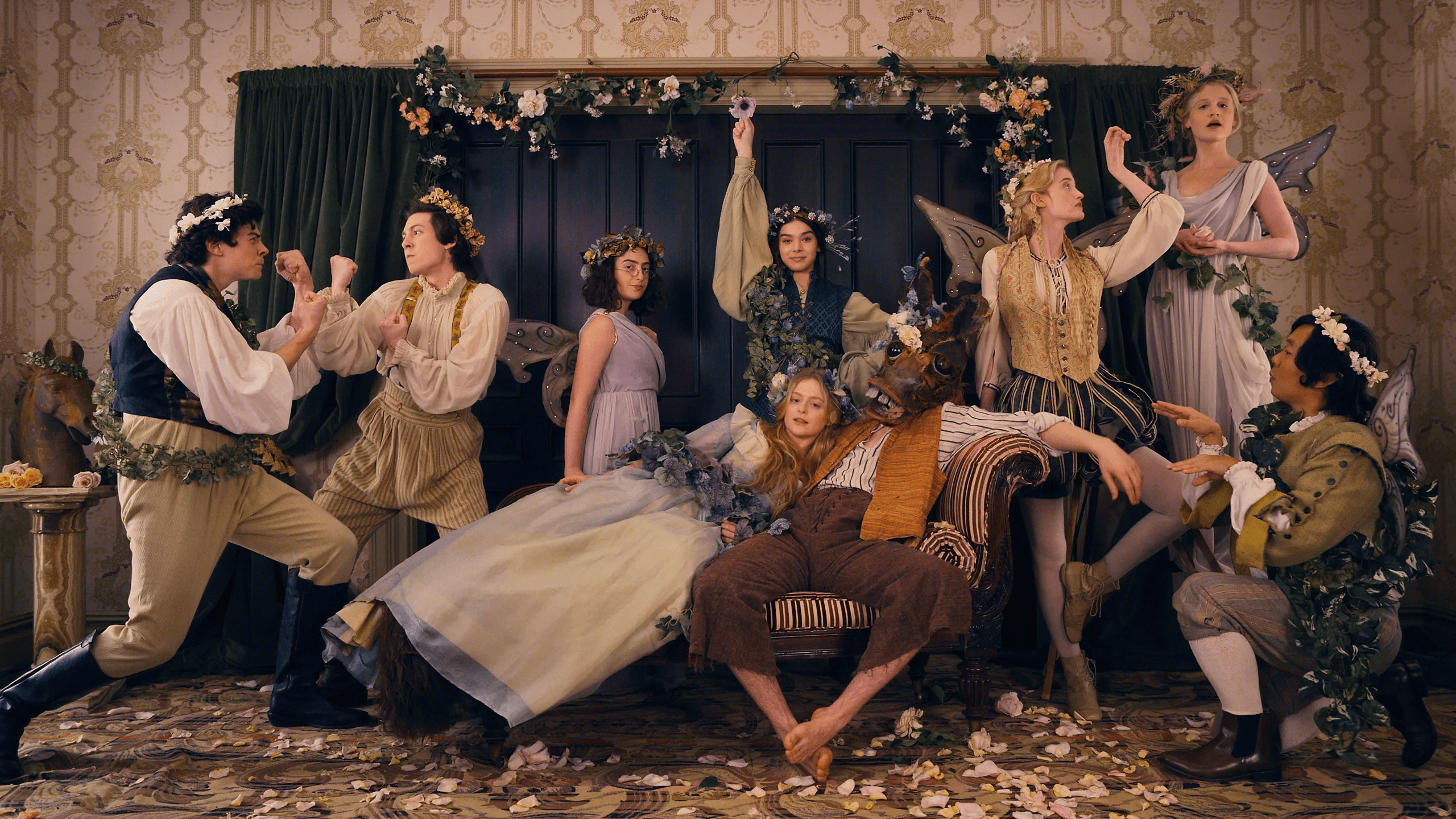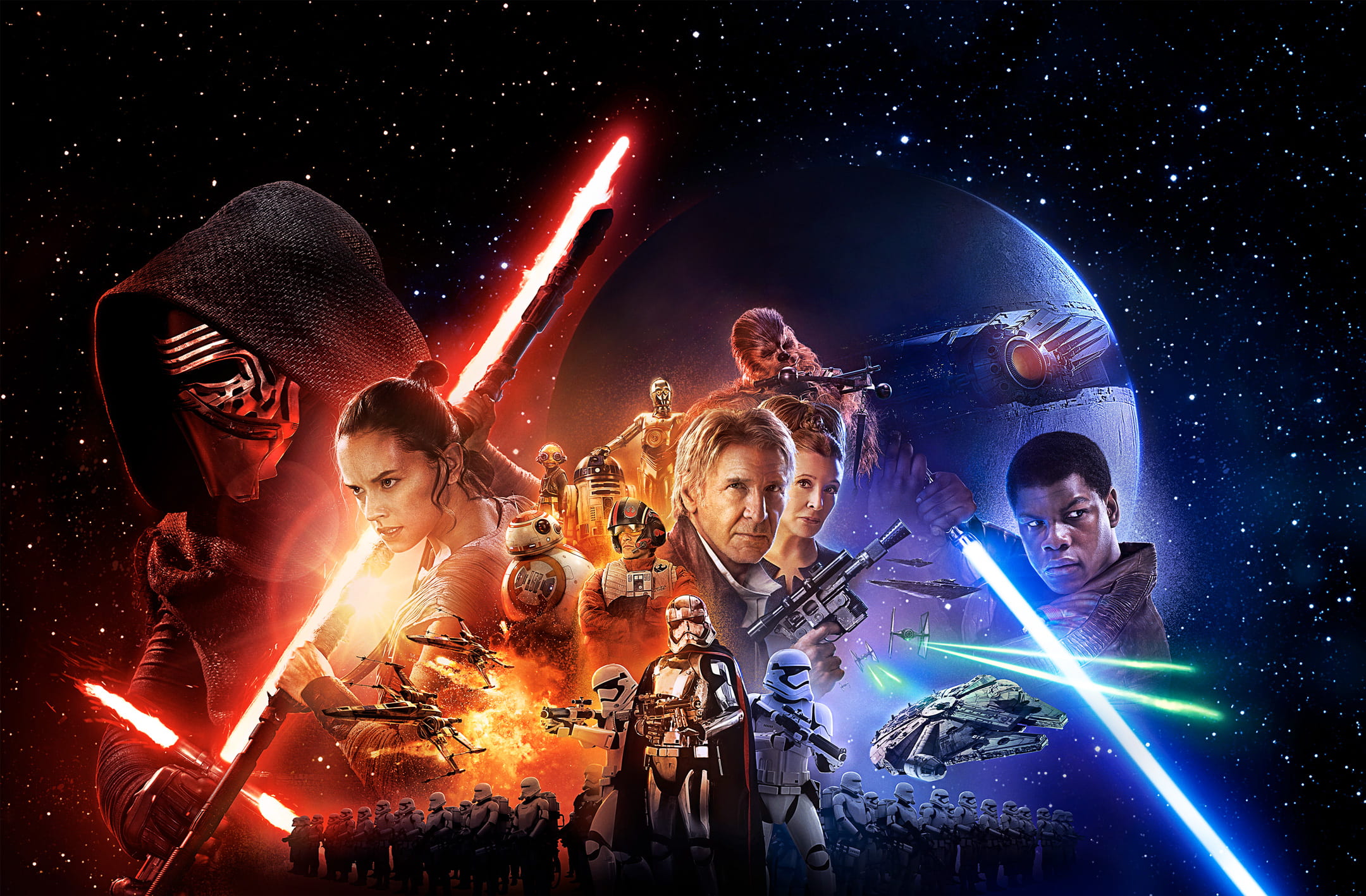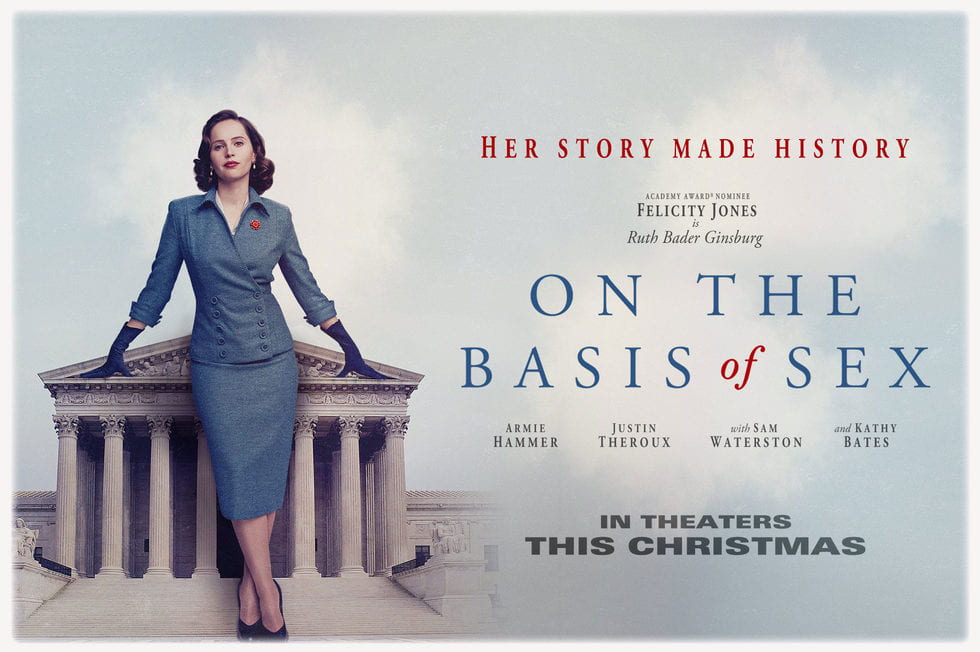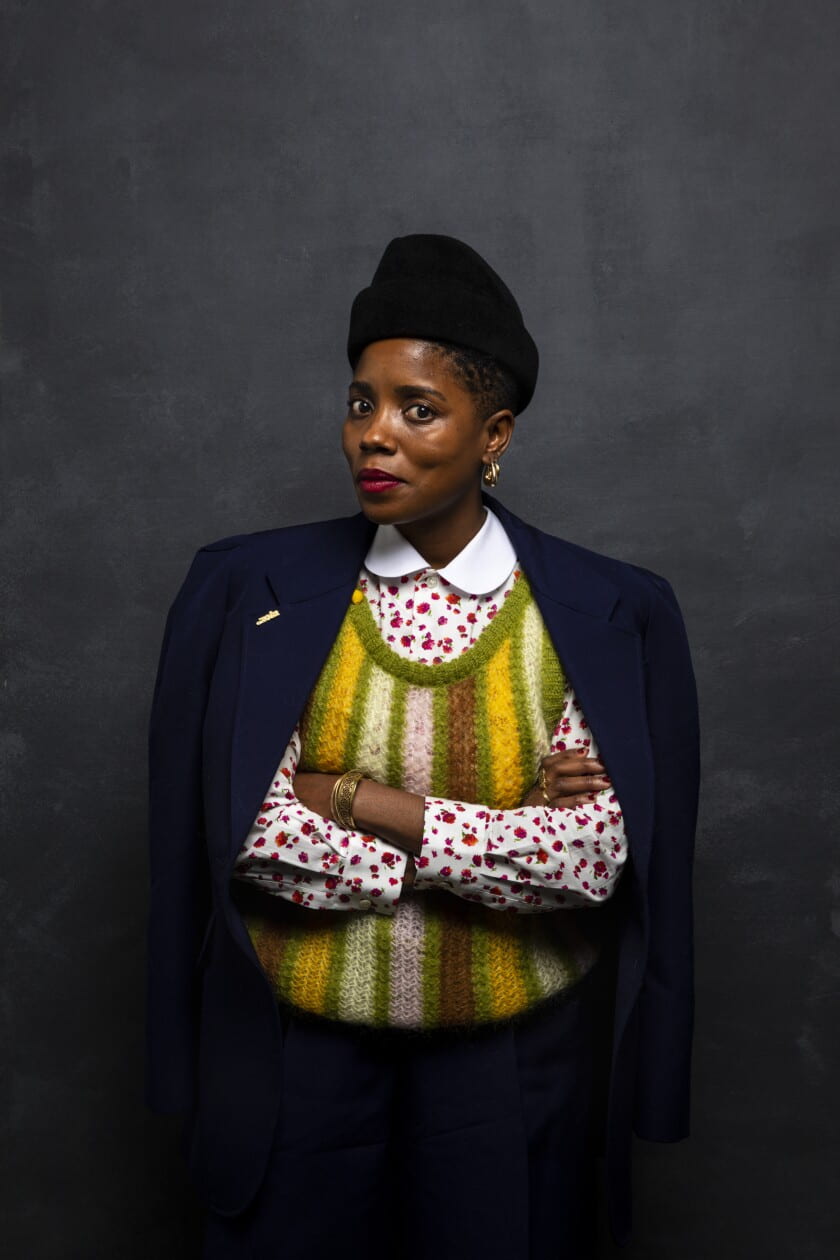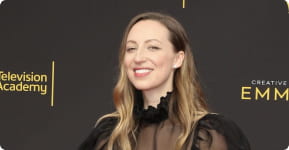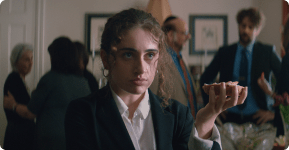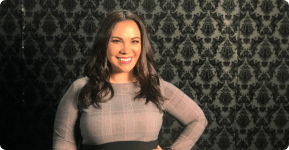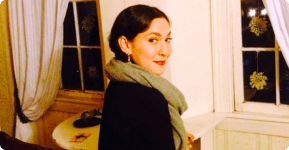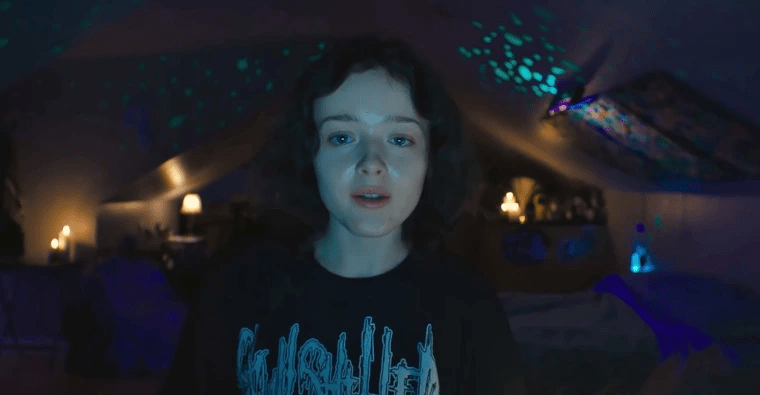
Fusion Film Festival 2022 Event Review – We’re All Going to the World’s Fair
By Kenzie Packer
The lights dim and a teenage girl stares back at us through an expansive digital ether. With the dreaded words, “I want to go to the World’s Fair,” the real and unreal blend into one another, and we are thrown into the depths of an inescapable fictional horror game.
On April 8, 2022, Fusion Film Festival attendees were lucky enough to experience this mind-bending, digital horror and hear from the film’s masterful writer and director, Jane Schoenbrun (they/she). Steeped in the margins and peripheries of life, We’re All Going to the World’s Fair follows Casey (played by the captivating Anna Cobb) as she immerses herself in an online role-playing game, going to extremes to assert her own identity and exert power over the elusive JLB.
Immersed in a feeling of transition—something particularly important to Schoenbrun as their film was created in the midst of both a gender and an artistic transition, they said—Fusion attendees were swept up in a world of empty parking lots, loading screens, and long takes with eerie undertones evocative of the in-between. These transient spaces make the film unsettling at its core, welcoming the viewer into a world that deconstructs horror in order to reconstruct a hybrid genre.
As Schoenbrun said during the post-film conversation, World’s Fair relies on its “nocturnal, dark aesthetic,” something in the realm of CreepyPasta and other such terror-inducing digital schemes of the early 2000s. For Schoenbrun, this new filmic genre relies on a lineage of horror films and the inherent comfort they bring to so many viewers (both Schoenbrun and Casey included), yet it deviates from the mainstream horror tropes we have become so accustomed to. Such conventions are, to Schoenbrun, “colors on a paintbrush, not the picture [they’re] painting.” World’s Fair epitomizes this wholly new style and form, and it speaks very deeply to a personal goal of Schoenbrun’s of capturing stories that do not passively entertain viewers but entrench them in unsettling and uncomfortable realities that they must reconcile with once the film has ended.
During the Q&A, Schoenbrun said that she draws upon a certain “magic” that can be found in the works she admires; whether it be film or music, visuals or harmonies, there are “abstract forces that drive people,” and those are the impetuses for her creativity. We “return to these worlds to swim in them,” they said, and that act of returning is something that defines much of Schoenbrun’s process as a whole. They described transitioning around the time they were making this film and how the internet—particularly, the internet of their youth—was a major source of inspiration.
For Schoenbrun, the internet was always a formative yet invisible presence in their life, and we can see that reflected in the protagonist of World’s Fair, Casey. The internet (perhaps more aptly described as the ambiguous “digital realm”) is the means through which Casey can express the inexpressible, something Schoenbrun views very much as a trans experience. As a trans person, they said, there is a certain feeling of slippage and dreaminess, a “function of dysphoria,” that they felt and feel. World’s Fair is, they said, an “expression of [that] dysphoria through [the] metaphor of the screen.”
In many ways, trans film is a relatively new language in need of expansion—and World’s Fair takes the first steps towards doing so. Schoenbrun sees their film as a means of “disrupting binary assumptions about how we feel,” and instead allowing ourselves to exist in the gray areas and liminal spaces. It is here that the film resides, avoiding any investment in Casey’s school or family life because, Schoenbrun said, it would remove the authentic ambivalence of human experience. The closest we get, in fact, is Casey’s tour of her “high school”—a tour that begins and ends in a cemetery.
When asked by an audience member about the origin of the “World’s Fair” concept, Schoenbrun said that the World’s Fairs of old were about imagining futures—but, imagining futures that would often go unrealized. It raises the question, can we perhaps view the digital world as a World’s Fair of the modern human imagination? Schoenbrun did not provide a direct answer, nor did they provide a clear-cut answer for many interpretations because, for them, this kind of ambiguity is necessary for a successful filmgoing experience. The not-knowing, the uncertainty—those are the things that stick with the audience upon leaving the theater, and Schoenbrun seeks to capitalize on that by giving their audience the space to ruminate once Casey leaves the screen and the credits roll.
And there is no doubt that Fusion audience members did just that. Attendees of the event, myself included, were riveted by the film and entranced by what Schoenbrun had to say, and with the film currently playing in U.S. theaters as well as set for release on HBO Max later this month, there is no doubt that many of us will seek out a return to that liminal, digital world to share the space with Casey and Schoenbrun once again.
So, what’s next for Jane?
We’re All Going to the World’s Fair is the first film in Schoenbrun’s “Screen Trilogy,” as they have coined it. Next for Schoenbrun is part two, or I Saw the TV Glow, a story about 90s kids growing up entrenched in the cartoonish, suburban world of television, and the dissociation that results. Shooting this summer, the film will be produced by Emma Stone and made in conjunction with A24.
